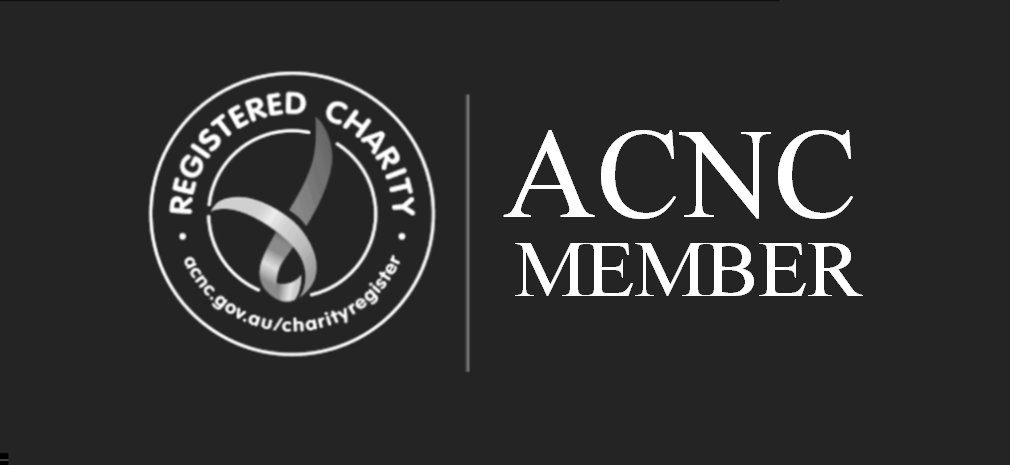Verifier
Human resource policies and procedures which address:
- Recruitment and selection
- Remuneration and benefits
- Equity and diversity
- Staff learning and development
- Performance management
- Family and carer leave provisions.
- Conduct in the workplace
- Integrity (including confidentiality and conflict of interest).
- Grievance and disciplinary procedures
- Workplace health and safety
- Reference checking and vetting for former misconduct of all staff and volunteers
Guidance
Human resources policies and procedures should be in-line with the values of your organisation and employment legislation. Policies should be endorsed or approved by the governing body, and easily accessible to all staff and volunteers. Some organisations may have these policies compiled in a manual or handbook, and some may have them available in a policy resource bank such as a shared file or an intranet.
There are lots of free on-line resources that can help organisations develop policies and procedures that are most appropriate to their workplace and which are consistent with legal obligations. An example of a Human Resources Toolkit is included in the Resources Section below.
It is important that your organisation’s human resources policies and procedures meet the National Employment Standards (NES) for employees in Australia. These are 10 minimum employment entitlements that have to be provided to all employees. There is a link to the NES in the Resources Section below.



